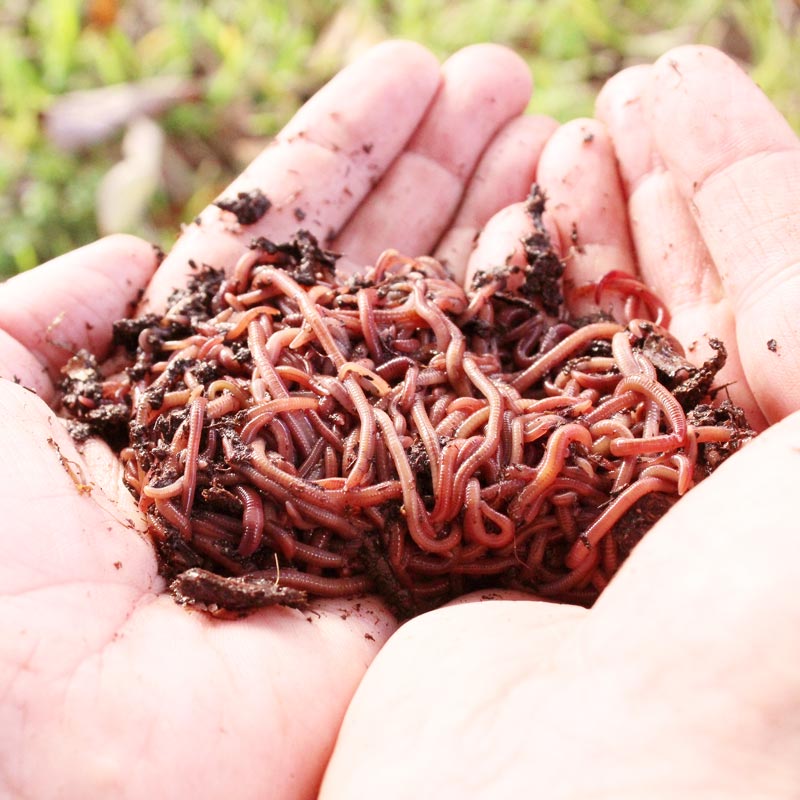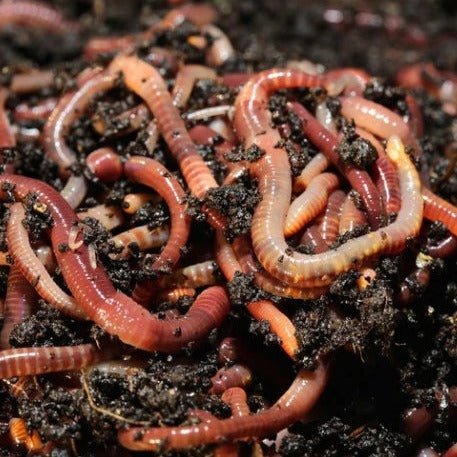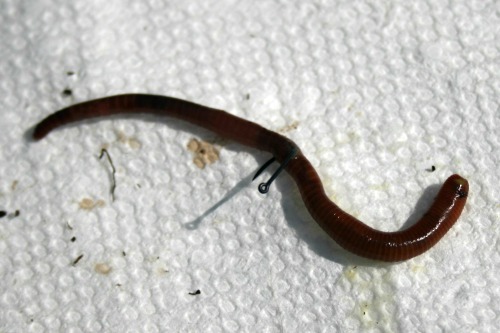Get Your Lawn in Top Shape with the Help of Lake Hickory Bait Yard Care Solutions
Get Your Lawn in Top Shape with the Help of Lake Hickory Bait Yard Care Solutions
Blog Article
Red Wigglers: The Unsung Heroes of Organic Waste Recycling
Red wigglers, or Eisenia fetida, serve as crucial agents in the natural waste recycling procedure, transforming disposed of materials right into valuable vermicompost. Their effective break down of natural matter not just boosts dirt high quality but also adds to lasting waste administration practices. As the globe increasingly looks for remedies to fight waste build-up and improve agricultural productivity, comprehending the function of these worms ends up being necessary. What devices permit them to grow in garden compost atmospheres, and exactly how can they be successfully used in both household and industrial settings? Exploring these inquiries reveals the broader implications of vermicomposting in our ecological landscape.
What Are Red Wigglers?
The exceptional resilience of red wigglers, medically referred to as Eisenia fetida, underscores their critical function in organic waste recycling. These little, reddish-brown earthworms are typically found in decaying organic issue, such as compost heap and manure stacks. Lake Hickory Bait. Unlike various other earthworm types, red wigglers grow in nutrient-rich settings and are very reliable at breaking down natural products, making them crucial for vermicomposting

(Lake Rhodhiss Bait)In addition to their function in waste reduction, red wigglers add to dirt wellness by improving soil framework and aeration through their tunneling tasks (Lake Hickory Bait). Their visibility in composting systems not only boosts decomposition rates however likewise promotes a lasting strategy to waste administration, showing their importance in environmental preservation initiatives
Advantages of Composting With Worms
Composting with worms, especially red wigglers, supplies various advantages that improve both waste administration and soil health and wellness. These worms effectively damage down natural waste, transforming it right into nutrient-rich vermicompost that improves dirt. This procedure speeds up disintegration, permitting for a much faster recycling of cooking area scraps and various other organic materials compared to traditional composting methods.
In addition, the vermicompost generated by red wigglers is including advantageous microbes, which assist enhance dirt framework, aeration, and moisture retention. This boosts the general wellness of plants, promoting vigorous development and boosted returns in gardens and agricultural settings. Additionally, the use of worms in composting lessens the manufacturing of greenhouse gases, such as methane, adding to an extra sustainable waste management system.

Exactly How to Beginning Vermicomposting
Establishing a vermicomposting system is a simple process that can produce considerable advantages for both waste management and dirt enrichment. To begin, pick an ideal container, such as a plastic bin or wooden box, with sufficient ventilation openings to ensure appropriate air flow. The dimensions ought to ideally be about 2 feet by 3 feet, allowing sufficient area for the worms to flourish.
Next, prepare bed linen product, which can contain shredded paper, cardboard, or coconut coir. This bed linens ought to be dampened to produce an appropriate environment for the worms. When the bedding is in place, introduce red wigglers (Eisenia fetida) into the container, generally around one extra pound of worms for each square foot of surface location.
Complying with the placement of worms, add organic waste, such as vegetables and fruit scraps, coffee grounds, and crushed eggshells. Avoid including dairy, meat, or oils, as these can create smells and bring in bugs. Lastly, position the container in a shaded, temperature-controlled location to preserve optimal conditions for worm activity. With these actions, you will properly launch a vermicomposting system that adds to sustainable waste administration and enriches your soil.
Keeping a Healthy Worm Container
(Red Wiggler Express)Maintaining a worm bin growing needs regular interest and care to ensure the health and wellness of the red wigglers and the efficiency of the composting procedure. Proper maintenance starts with keeping an eye on the moisture degrees; the bin should be wet however not saturated. A good guideline is to keep a consistency comparable to a wrung-out sponge.
Aeration is crucial also. Carefully blending the bedding and food scraps every few weeks protects against compaction and ensures that all worms have access to oxygen. In addition, it is necessary to feed the worms suitably. A well balanced diet of vegetables and fruit scraps, coffee grounds, and smashed eggshells should be provided in moderation to stay clear of overfeeding, which can cause odors and insects.
Temperature level policy is an additional crucial aspect. Red wigglers flourish in a variety of 55 to 77 degrees Fahrenheit. If the container comes to be also warm or cool, the worms might become worried - Lake Hickory Bait. Occasionally view website check for signs of health, such as worm population development and the visibility of healthy spreadings. By faithfully managing these factors, one can keep a durable and efficient worm bin.
Impact on Lasting Living
The effective upkeep of a worm container not only benefits the wellness of red wigglers however likewise adds significantly to sustainable living methods. By recycling natural waste, such as kitchen area scraps and lawn particles, red wigglers assist divert significant amounts of material from garbage dumps. This reduction in waste not only lowers greenhouse gas discharges however additionally lessens the environmental burden connected with waste administration.
Furthermore, the spreadings created by red wigglers serve as a nutrient-rich natural fertilizer, boosting soil wellness and promoting plant development. This natural alternative to chemical plant foods sustains sustainable agriculture and horticulture methods, lowering reliance on artificial inputs that can hurt communities. In addition, worm composting cultivates recognition of waste management, urging individuals and neighborhoods to take on more lasting routines.

Verdict
In recap, red wigglers serve as important contributors to organic waste recycling with their efficient disintegration of natural products. Their capacity to generate nutrient-rich vermicompost boosts dirt wellness and supports lasting farming techniques. By incorporating vermicomposting into waste administration strategies, people and neighborhoods can dramatically lower waste while advertising environmental sustainability. The role of Eisenia fetida in cultivating healthy and balanced ecosystems underscores the value of these microorganisms in accomplishing sustainable living and enhancing soil fertility.
Report this page